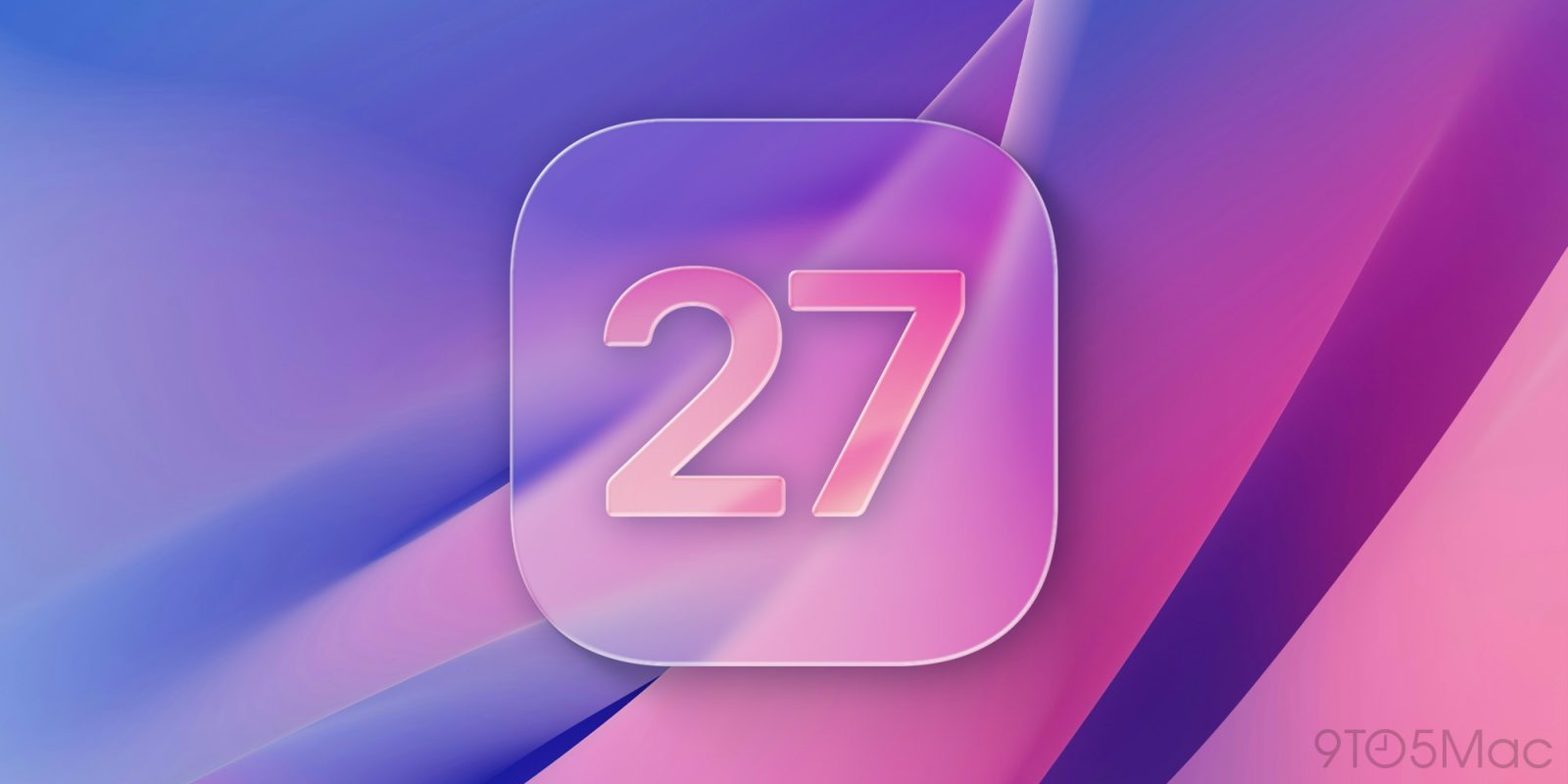[youtube=http://www.youtube.com/watch?v=Iin-rXqSQXk]
Luigi is a firmware toolkit for the Cr-48 that lets you flash your devices firmware to load any OS unmodified. And it’s super easy to use. Once you’ve flashed over to the custom firmware, CrOS updates will probably break until you revert. Don’t fret, however! Luigi lets you flash both ways, so you can take your Cr-48 back to the state it was in when you started if you wish. However, it does require you to crack open your Cr-48.
This is actually a security feature (if you can flash your firmware, so could a malicious program, and that could mean bricked device!), and so to disable it, you simply need to remove the bottom cover of your device. This does, of course, void any warranty you might have with Google and so you do so entirely at your own risk. This could, if it were to go wrong, turn your device into a shiny paperweight. Don’t come crying if it does. If you attempt to run this on a device other than a Cr-48, it will very likely brick it. However, with that said, let’s begin:
- Remove the casing of your Cr-48. To do this, you need to remove the battery, and the rubber towards the back of the underneath of the device. Doing this exposes two extra screws. Unscrew all the screws you can see on the underneath of the device. Once you’ve done this, the device should pry apart, starting from the back under the screen hinge. Work your way around, starting with the side with the SD card slot on. Be very careful when you do this, as you don’t want to break any of the tabs that hold the casing on.
- While you have the device open, go ahead and turn the developer mode switch on. You’ll need to do this to run the Luigi installer.
- Once the casing is removed and you’re in developer mode, lie your Cr-48 on it’s screen and plug the power cord in. Now press the power button, and then when you get to the recovery mode screen, press Control-D to boot into developer mode. If it’s the first time you’ve booted into developer mode, it’ll take around 5 minutes to erase your stateful partition. Everything is in the cloud, so you shouldn’t lose anything, remember?
- Once it’s booted, connect your WiFi and make sure you can get onto the internet.
- Press Control-Alt-F2 (Control-Alt-Forward) to open a shell. Login with the username “chronos”, no password is required.
- Once you’re at a shell, simply type in the following command and press enter: wget bit.ly/run-luigi && sudo bash run-luigi
- Luigi will then download and run, and present you with a screen with a small disclaimer. If you accept this, press enter to get to the main menu.
- You now have two options. Press 1 to flash the custom firmware, and then press enter.
- At this point, the custom firmware will be downloaded and flashed. Once it has finished, provided there are no errors, it will tell you to press enter to reboot.
- That’s it, your device will reboot and the new firmware will be installed.
- Once you’ve verified the new firmware is installed and works, put your device back together.
- From here, you can plug in a USB stick/USB CD drive and install an OS of your choice.
Pretty simple, right? But what happens when you get bored of your custom OS install and just want to go back to the original Google blessed system? There are two ways of doing this, it depends what you’ve done with your system. If you left your ChromeOS system intact, then you can just follow steps 4-10 from above, but press 2 at the menu instead of 1. Remember to remove the casing, or it will fail. However, if you totally erased your ChromeOS install, it’s a little harder, but don’t fret, just follow the instructions below:
- Get yourself an Ubuntu live USB stick from the following address: http://www.ubuntu.com/desktop/get-ubuntu/download
- Boot the USB stick by plugging it into your Cr-48 and then switching it on, making sure your casing is removed as before
- Once Ubuntu has booted, open a shell.
- Run the following command, saying yes to any prompts you get: sudo apt-get install flashrom.
- Once this has completed, follow steps 6 onwards above, but press 2 at the Luigi main menu instead of 1.
- Once you’ve completed the flash and rebooted, ChromeOS will want to restore itself, so follow the instructions onscreen to restore your ChromeOS install.
[via Hexxeh]


